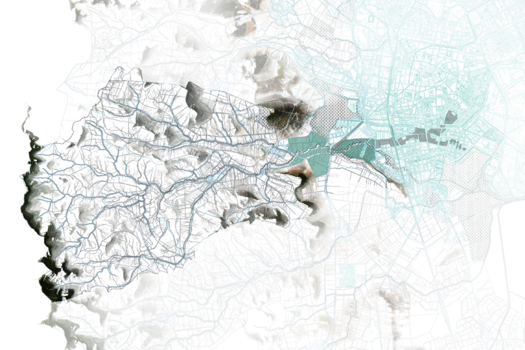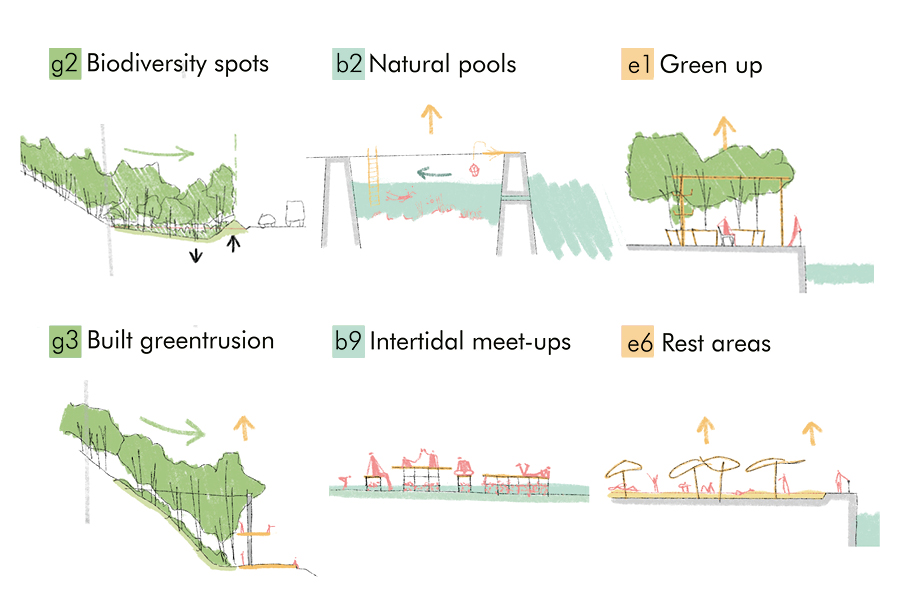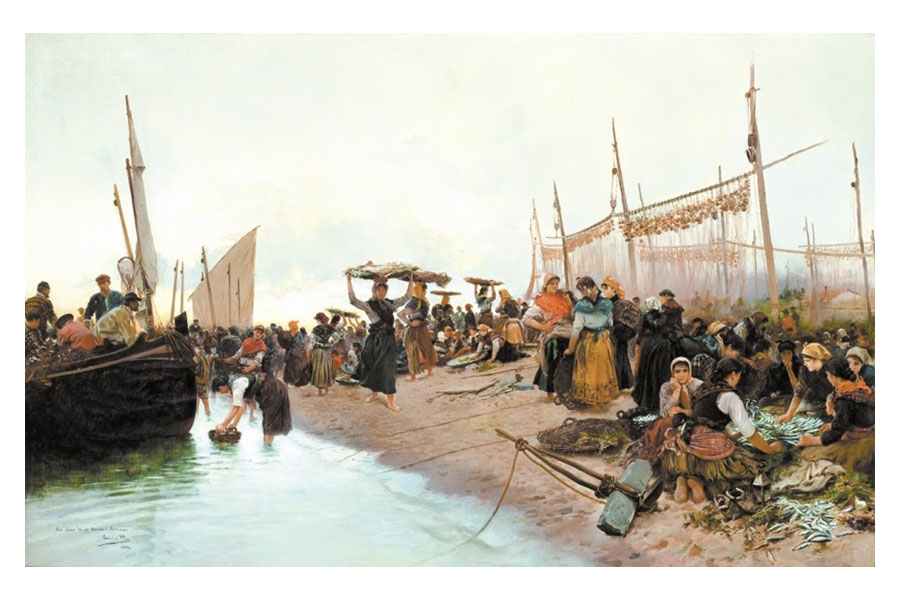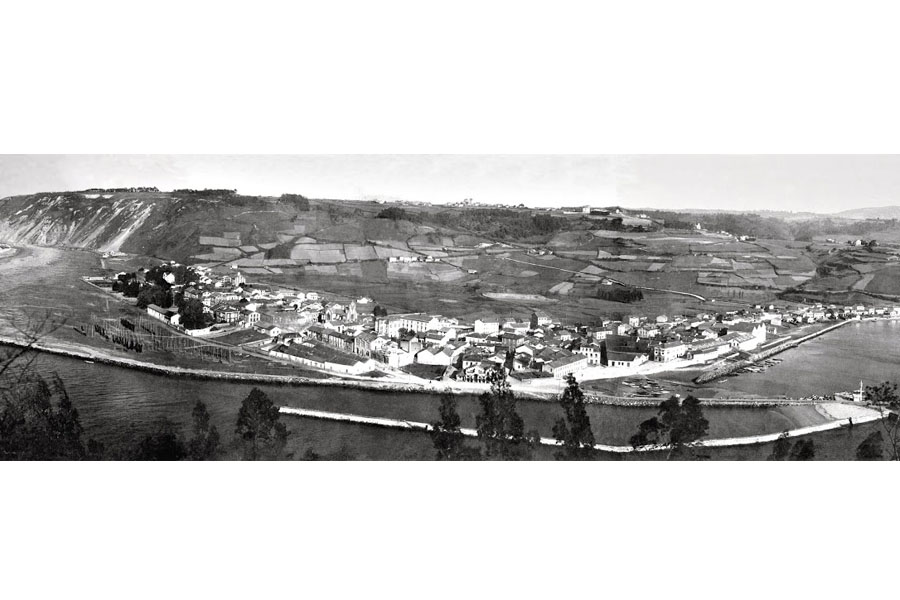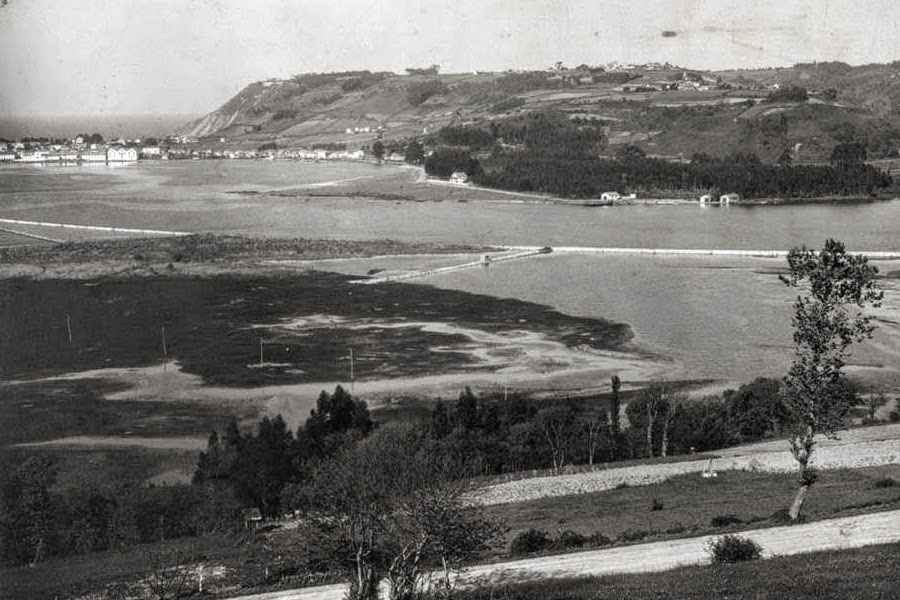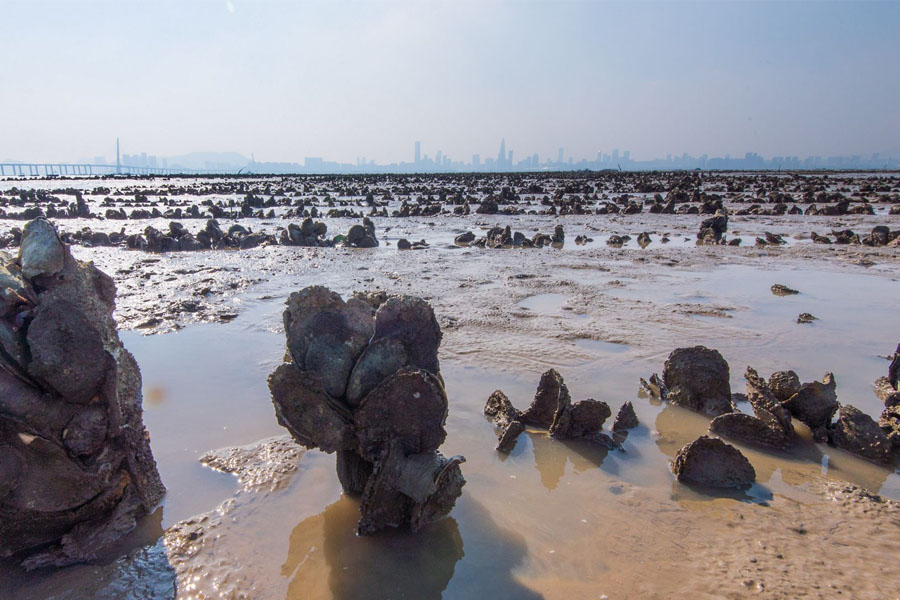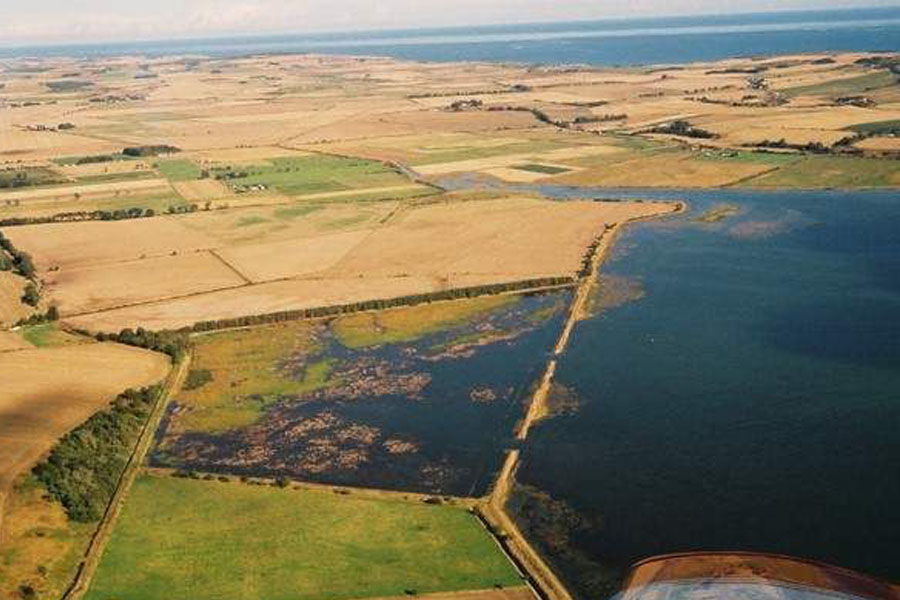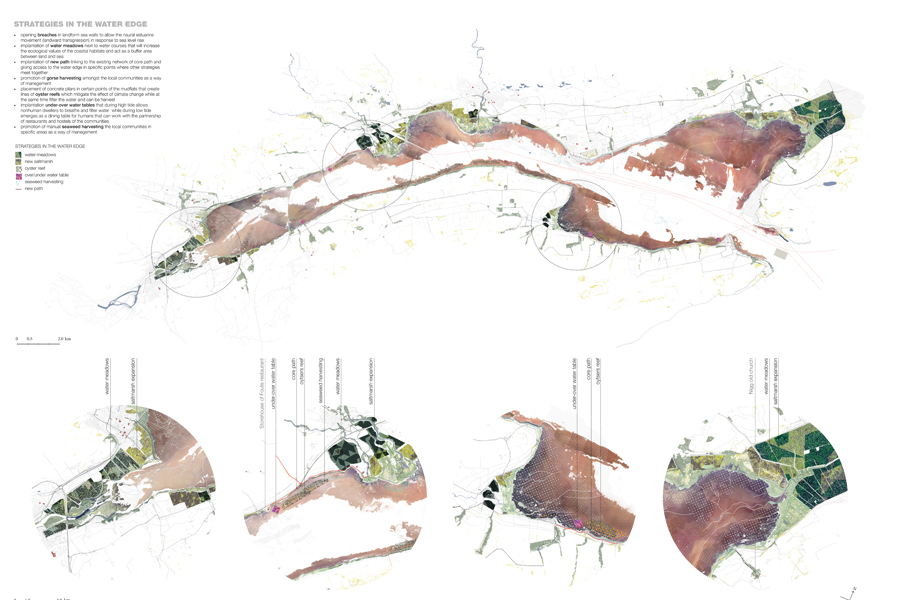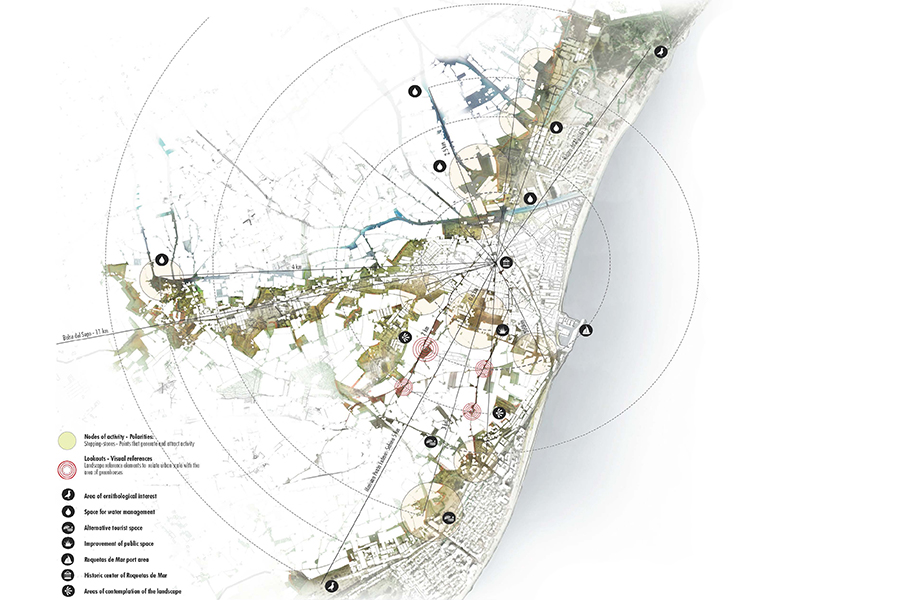BETWEEN WATERS
Nalón Estuary (ES) - Runner-up

TEAM DATA
Associates: Carla Coromina Cabeceran (ES), Andrea Díaz Lacalle (ES), Ibon Doval Martínez (ES) – architects and landscape architects, Javier Rubio Frías (ES) – environmental biologist and landscape architect
carla.coromina@gmail.com
See the complete listing of portraits here
See the site here
TEAM PORTRAIT
VIDEO (by the team)
INTERVIEW
Click on the images to enlarge
1. How do you define the main issue of your project in relation with the theme “Living Cities Imagining architecture taking care of the milieus”? And in which way do you think your project can contribute to an ecological and/or social evolution?
The Nalón river and estuary occupies a narrow area between the river slopes along its course and a wider area constrained by hard edges at the mouth of the river. The main issue of our project is to show nature based and architecture strategies that allow the water edge to expand, allowing the free movement of sediment by the currents and the tide. The free movement of sediments will build up a complex and rich ecotone that at the same time is a natural adaptation of the coast to the effects of the climate emergency. Our project presents strategies that combine ecological and cultural values in order to build up new ways of inhabiting the water edge.
2. How did the issues of your design and the questions raised by the site mutation meet?
Being the project site an estuary, it is a place of great ecological value with a huge potential for change, it is in its nature to be constantly in transformation. The issues of our design met with the questions raised by the site because of our experience working on projects of similar conditions, being those rivers and estuaries. After a careful study of the territorial area and the reflections site; we were able to find the places of opportunity where we could apply the strategies to induce a positive change.
PROJECT:

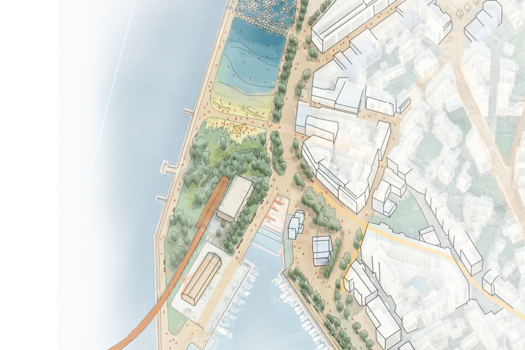

We have addressed similar issues on other competitions in the offices we have worked. In addition, over one year a member of our team, Carla Coromina, was researching on the physics of estuarine habitats in relation with humans, in this case located in Scotland, for the final thesis on the Master in Landscape Architecture (1). Some Reference projects that inspired ours are related to re-naturalisation of old industrial harbours (2); strategies to restore the loss of intertidal habitats (3) and projects that combine the restoration of ecological values, respond to the climate emergency and enable new interactions between landscape and humans (4 and 5).
(1) https://upcommons.upc.edu/handle/2117/352825).
(2) https://www.levoyageanantes.fr/es/lugares/parque-del-astillero/
(3) https://www.omreg.net/query-database/19-meddat-marsh-nigg-bay/
(4) https://www.cooking-sections.com/CLIMAVORE-On-Tidal-Zones
(5) https://www.nature.org/en-us/about-us/where-we-work/asia-pacific/hong-kong/stories-in-hong-kong/restoring-hong-kongs-lost-shellfish-reefs/
SITE:



It is necessary to have a link and a holistic vision of the entire Bajo Nalón so that interventions at a specific scale are successful. The ''Between waters' project proposes a series of territorial strategies that may be included on a Territorial Plan with the consensus of the municipalities crossed by the river and the organisations involved. This new overall vision will establish a series of global guidelines: Routes or paths of interest on a territorial scale, for example, the Camino de Santiago and the Senda Costera; path signage; subsidies to return agricultural land to the estuary ecosystem, etc. With Preliminary Studies of the estuary margins or of a specific place, it will be possible to establish standard solutions that can be applied to a different place of the whole Bajo Nalon, where each municipality will later be able to transform into real projects.
REFERENCES:



We all know each other from having worked at the same office, Estudi Martí Franch in Girona. We are all Landscape architects but come from different backgrounds that give very different perspectives to the projects. We have been able to test ourselves working together in the past and appreciate the different backgrounds and point of view that each one adds. These backgrounds: architecture, landscape architecture and environmental biology; and skills: cartography in GIS and photoshop, views and drawing by hand and photoshop; and drawing by cad, are some of them.
6. How could this prize help you in your professional career?
For all of us it is the first time that we won such a recognition and because we implicated ourselves a lot on this project we are very happy and grateful. This prize will give us visibility in the Landscape Architecture professional field, it makes us eager to participate in more competitions together, it adds value to our curriculum and opens up the possibility of creating an office together in the future.
TEAM IDENTITY
Legal status:
Team name:
Average age of the associates: 32 years old
Has your team, together or separately, already conceived or implemented some projects and/or won any competition? if so, which ones?
No.
WORKS:

